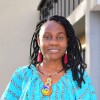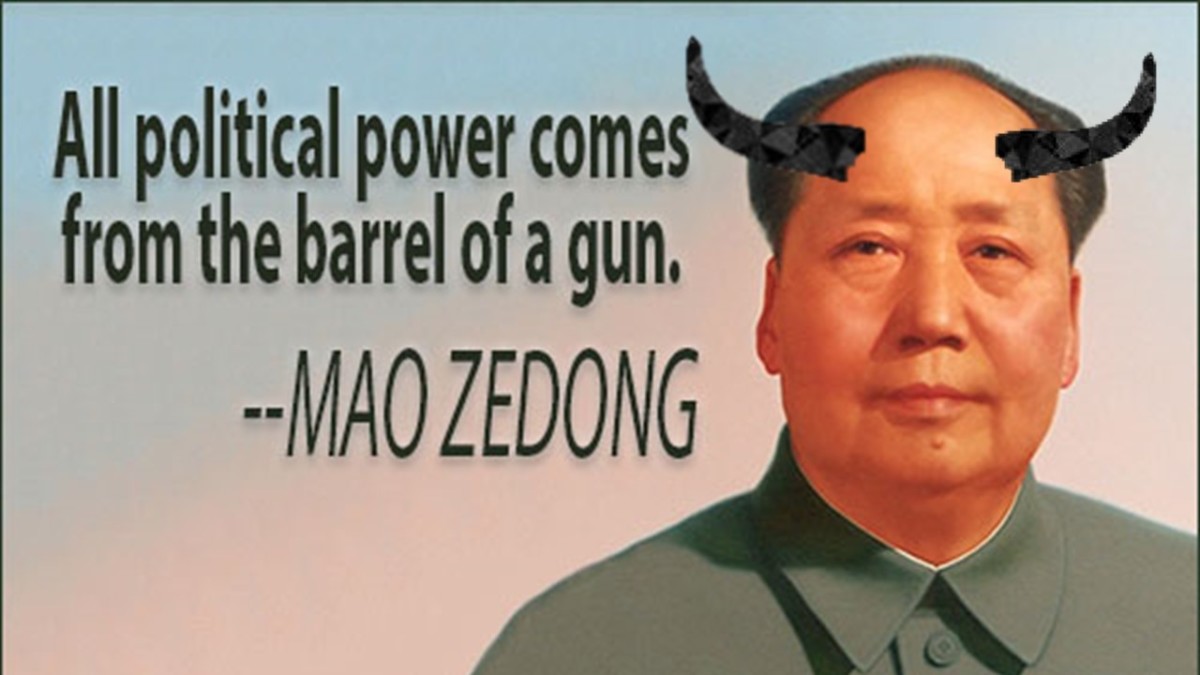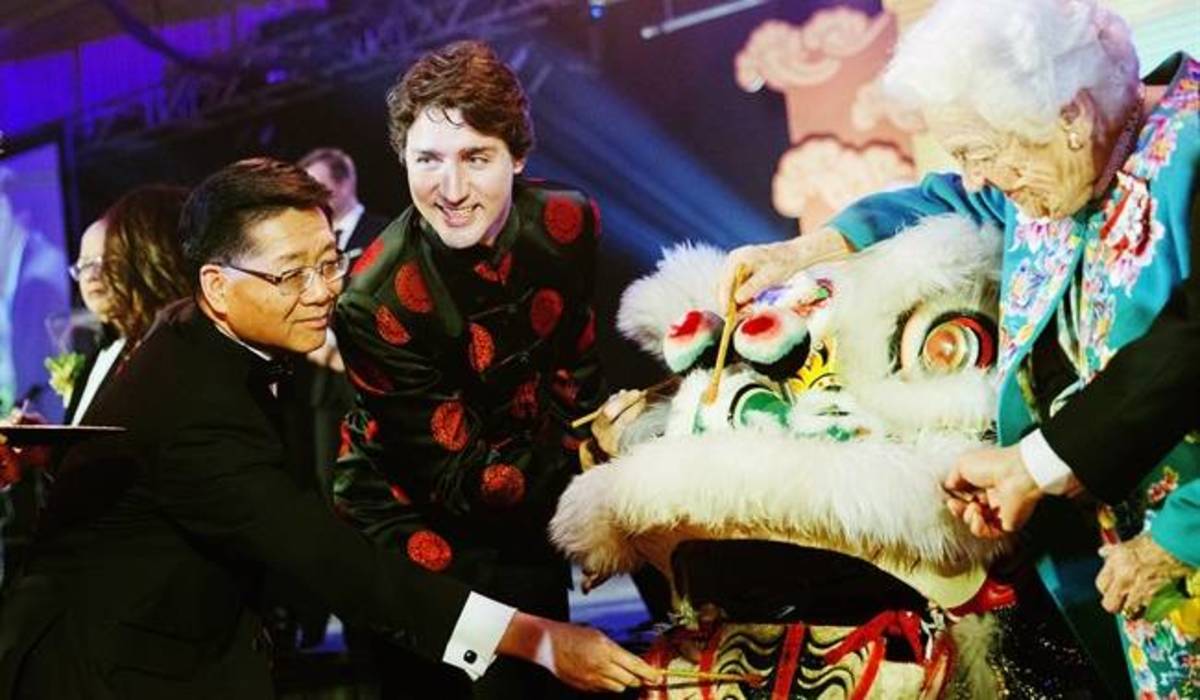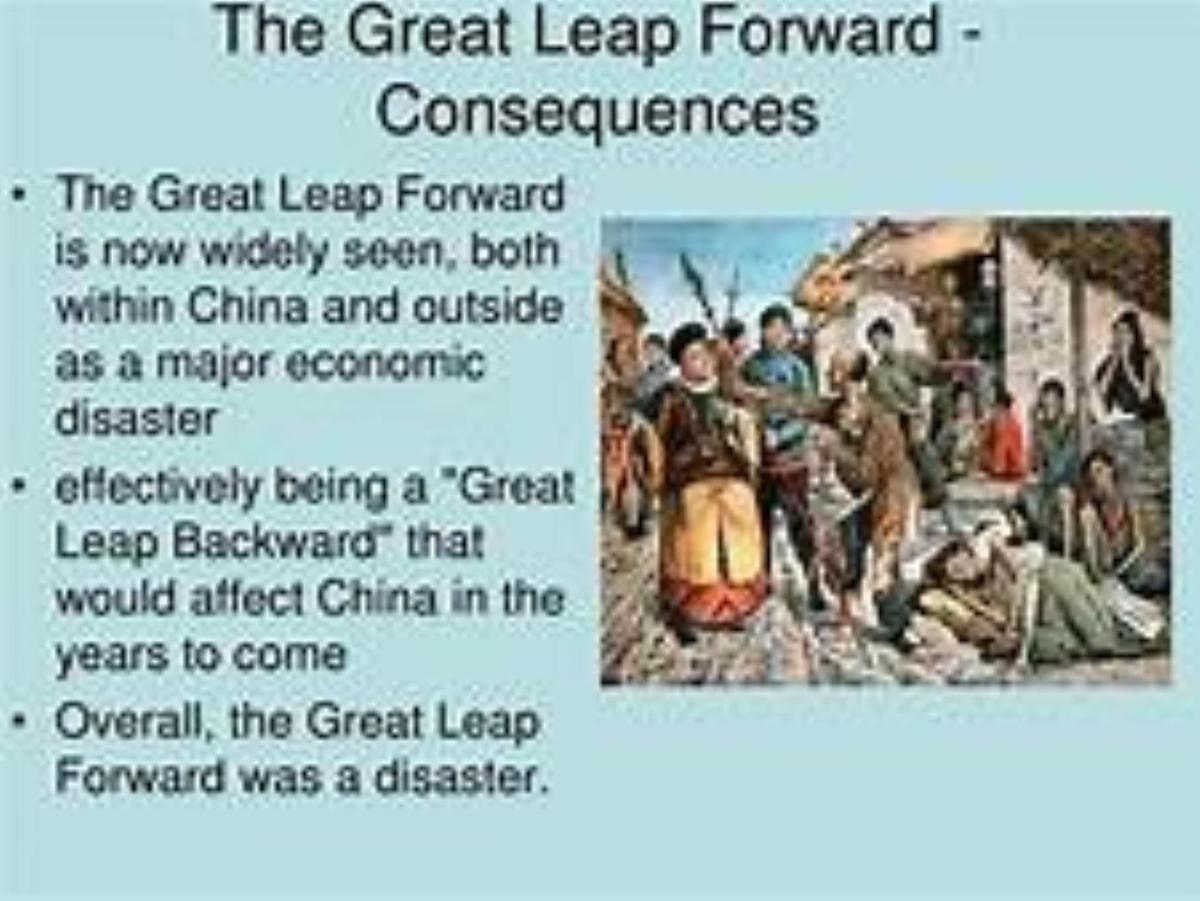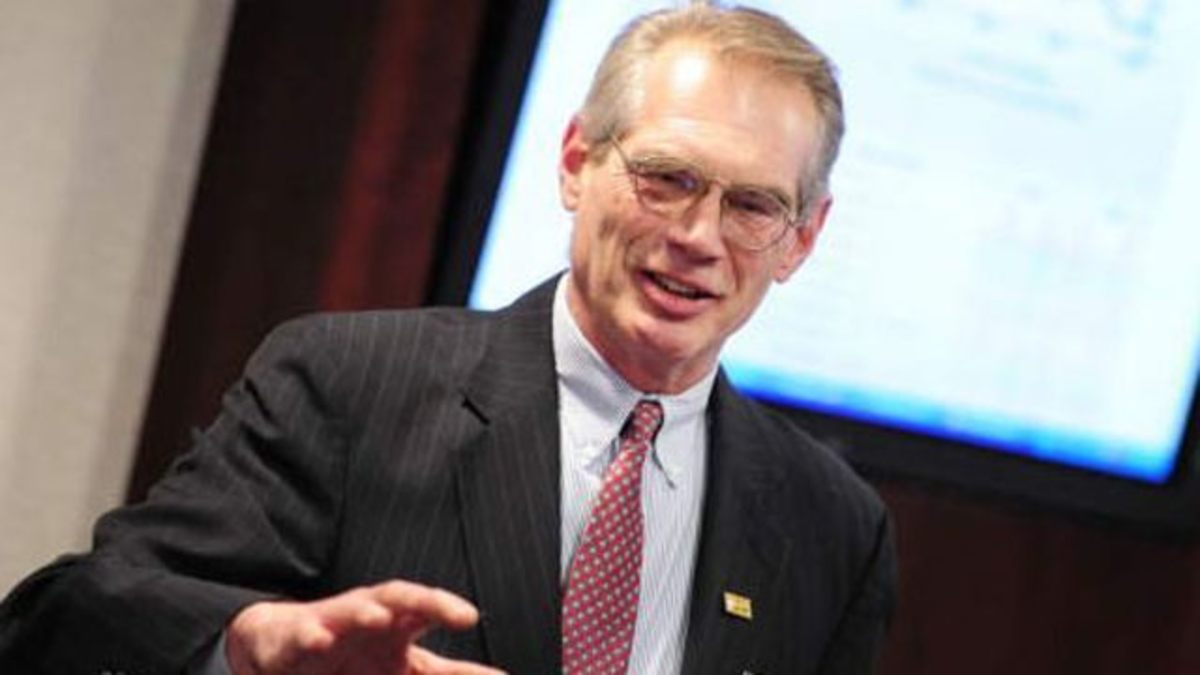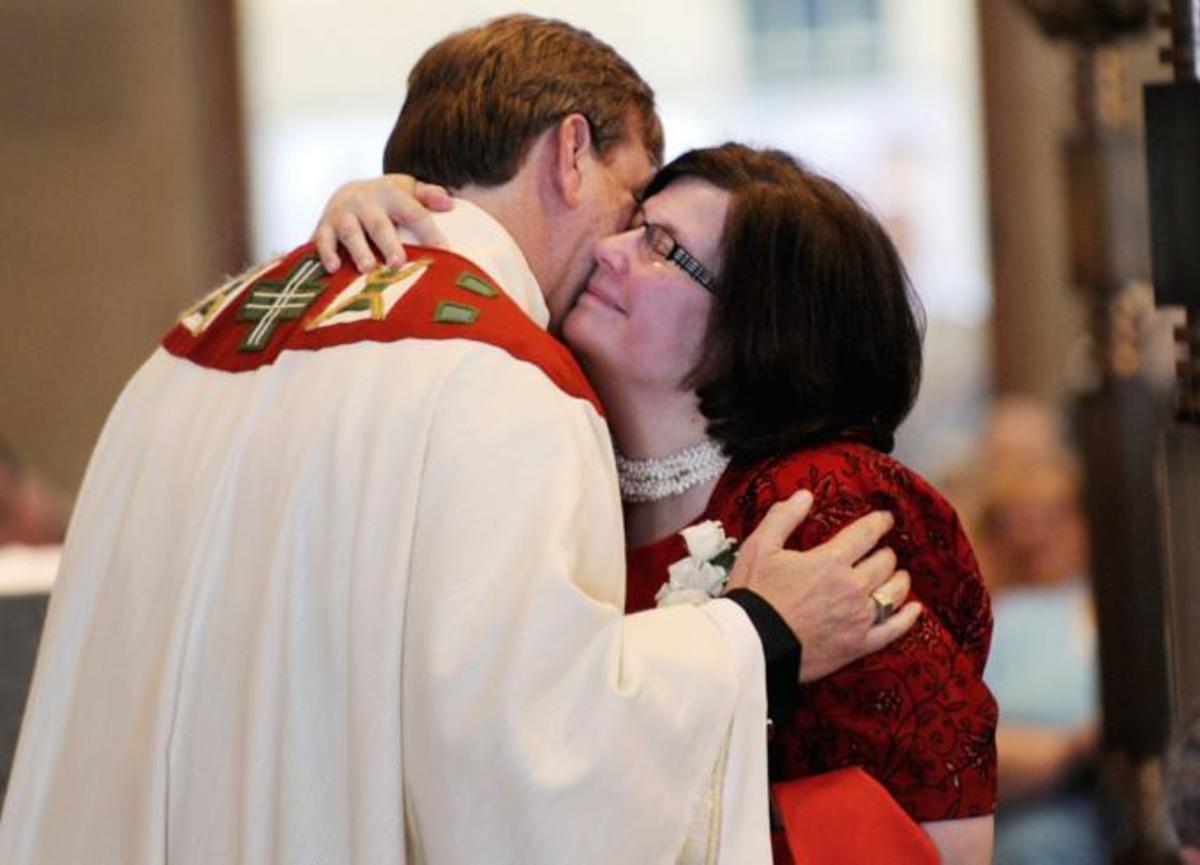A case Study by Hong Yung Lee: The Politics of the Chinese Cultural Revolution
About the author
Professor Hong Yung Lee studied for his B.A. at the Yonsei University in Seoul, Korea. Lee took his Ph.D. from the University of Chicago. Lee has focused his research on the areas of political economy and global relations in East Asia and the domestic political affairs of China and Korea. Lee authored the books; From Revolutionary Cadres Party Technocrats in Socialist China and Politics of Chinese Cultural Revolution. Lee also edited Political Authority and Economic Exchange in Korea and Prospects for Change in North Korea; Korean Options in a Changing International Order. Presently, Lee lectures courses focusing on international relations and East Asian politics and political economy. Professor Lee’s current endeavor is a book-length manuscript on the Comparative Study of Institutional Templates of China, Japan, and Korea.
The Politics of the Chinese Cultural Revolution
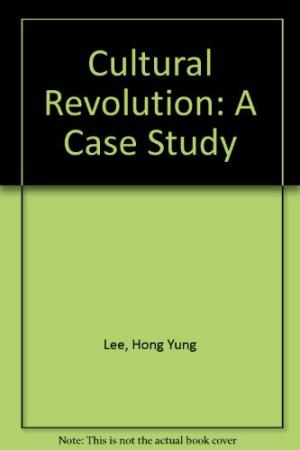
The topic of the book
The topic of this book is the politics revolving around the Chinese Cultural Revolution. The book attempts to examine the Cultural Revolution in its correct historical and social perspectives as a phase in the ongoing Chinese revolution. In essence, the book is an attempt to focus on the dynamics surrounding the mass movement by laying emphasis on the vertical and the horizontal aspects of the revolution. Therefore, a big segment of the analysis is occupied by conflict, instead of agreement, by struggle, instead of unity. Professor Lee attempts to elaborate these four features of the Cultural Revolution. The questions in the book that are also intimately analyzed include: What were the problems which contributed to a rift among the Chinese elite? Did any distinct patterns present in the splinter group struggles among the mass associations? Lee puts the Cultural Revolution in a dual stratum approach, the top most elite, and the masses. Lee then proceeds to categorize seven political players found in three layers, the supreme leader; Mao at the apex, the elites at the center, these include the army, the government, the party and the Cultural Revolution Small Group; and the masses at the bottom, these include the conservative and the radical mass organizations.
The inadequacy of existing scholarships
After the Cultural Revolution had ended in the late 70s, the author attempted to write a fair and in-depth review of Cultural Revolution while undertaking his doctoral studies. Lee opted to be comprehensive, rather than give any novel elucidation. Lee sought not to excessively lay emphasis on any specific thesis, but to offer a lucid view of every phase of the revolution by employing the Red Guard newspapers as his primary source. Lee elaborates the causative factors of the Revolution via four different stages. In as much as the revolution was initiated as an elite conflict, it rapidly evolved into a conflict involving the elite and the masses. This comprehensive analysis of the Red Guard Movement illuminated the process of the formation of the mass movements. Lee discovered that radical organizations originated from socially neglected quarters and wanted to confront the normality. The conflict among these groups originated from Mao’s decision to deny the party its legitimacy.
Professor Lee focuses on these mass groups, specifically the Red Guards. In summary, Lee tries to elaborate the factors that made the suppression of the violence of the revolution very difficult. As the Cultural Revolution progressed, Mao tried to bridge the gap between the masses and the elite by utilizing the present social contradictions and switching his support for either group. These mass organizations exhibited selfish behavior because they all had a stake in the results of the revolution.
The sources that the author used consisted of doctoral research from various authors. These sources were independently conducted. An interesting aspect is that they all came to the same to the same conclusion. This was that the social tension before the Cultural Revolution resulted in violence by the Red Guard. Because of the difficult scenarios and the reduced probability of joining a university, the students had to battle over diminishing opportunities. There was the formation of a splinter between the Red Guards; this led to two groups, namely the Good Red Guards and the Rebel Red Guards. The Rebel Red Guards were those that had been refused involvement in politics before. Professor Lee’s main source of information was the Red Guard newspapers. Lee compiled an in-depth index under the sponsorship of the University of Michigan’s Center for Chinese Studies. The in the adequacy of this is that the current volume did not have a bibliography; engrossed readers would have to refer to A Research Guide to the Red Guard Materials in the United States. This is a forthcoming publication in the University of Michigan’s Center for Chinese Studies’ Occasional Paper Series.
Thesis
The use of primary sources to support the thesis
“The Great Proletarian Cultural Revolution was certainly one of the most complex political events in the entire history of the Chinese Communist Party.” Lee strives to give a lucid view of each phase of the revolution. Lee does this by using the Red Guard newspapers as his primary source. Lee explains the causative factors of the revolution through the four unique stages. Lee elaborates that in as much as the movement started as a conflict between the elite; it rapidly drew in the masses and metamorphosed into a conflict between the elite and the masses. The author’s case study illuminates the process of the formation of the mass organizations.
“The Great Proletarian Cultural Revolution was certainly one of the most complex political events in the entire history of the Chinese Communist Party.” Lee succeeds in bringing in the mass into the research. Lee also effectively uses his primary source; the Red Guard newspapers in evaluating the intertwining links between the mass and the elite during the Cultural Revolution. Lee efficiently does this from vertical and horizontal viewpoints. Using the Red Guard newspapers as a primary source effectively boosts the trustworthiness of this book.
Primary sources
The author uses the publications of the Red Guard movement as the primary source of information for his book. Before the Cultural Revolution, the chances for moving up the societal ladder were slim. The competition to get a higher education was stiff. The prerequisite for getting higher education for students were excellent grades and proper political credentials. The students seeking to join the Communist Youth League had to have excellent family backgrounds. In essence, this meant that their parents had to be cadres in the party. The policies directing educational requirements were pegged on the background of the parent in the party. These reasons led to the societal antagonisms which directly led to factionalism in the Red Guard.
In the book, the author also refers to James R. Pusey’s book; Wu Han: Attacking the Present through the Past. This enables him to elaborate Mao’s motives. In Pusey’s book, Mao’s intentions for attacking Wu Han are elaborated. Wu Han was a Deputy Mayor, who wrote a play assailing Mao’s sacking of P’eng The-huai by utilizing the classical method of borrowing from the past to attack the present. This was the orthodox method that traditional Chinese scholars used in their censorship of their emperors. Mao regarded Wu Han as an example of Chinese intellectuals who had achieved powerful political posts but still ridiculed Mao’s contemplation, his policy of Great Leap Forward and his individual power. The book elaborates that Mao’s intentions may have well been having to facilitate a revolution of Chinese art and culture. Mao had personally started many popular campaigns. The most common campaigns Mao initiated included those against the literature of Yu P’ing-to and the legend of Wu Hsun. Maybe Mao planned to use the attack to give momentum to his present effort to revolutionize Chinese ideology. This was specifically for the Socialist Education Movement, which was going on in the rural areas, together with the campaign to transform art and literature in the urban areas.
Secondary sources
Lee used secondary sources like the recordings of Mao’s thoughts. These recordings helped in bringing out the relationship between the happenings at the time with Mao’s private thoughts. For example, in the instances where Mao purged some members of his party, reviewing these thoughts enables the readers to see clearly what was going on in the mind of a leader regarded as a deity by the Chinese. Mao’s thoughts are used in elaborating the purge of P’eng Chen. It also showed the intentions Mao had in attacking Wu Han. Mao’s action against Wu Han is considered part of the bigger plan to purge P’eng Chen. Three theories were drawn to support this school of thought. These included the test, plot and trap theories. The test theory attempted to suggest that Mao meant to test the loyalty of his acquaintances with his action on Wu Han. The plot theory suggested that the issue of Wu Han was meant to be the first move in a broader plan to trap the opponents of the party. Mao intended to purge these opponents later on. Another theory suggested that this process of purging officials was a full-scale struggle for power between Mao and the Party Committee of Peking, who were backed by Liu. The author also used the private letters written by Mao to explain his thought on the various actions that he took. In his purging of various party officials, Mao shared his concerns with various individuals like Chiang Ching. In his letter to Chiang Ching, Mao expressed his concerns over Lin Piao. In this letter, reveals to Chiang that the “higher an object is blown up, the more severe it is hurt when it falls.” Mao never believed that his booklets would have such enormous power.
An analysis of the author’s effort to prove his thesis
Professor Lee zealously examines the relationships and interactions that went on among the seven actors in the political scene. In as much as these were very large groups, Lee still draws meaningful analyses about them. For instance, Lee identifies that the radical mass organizations were mainly composed of disadvantaged social groups. Lee notes that their schools of thought were directed against the whole establishment, specifically against the individuals who had a monopoly on political power. On the other hand, the conservative mass organization was made up of the better-off social groups. For this reason, they tended to focus their attacks on the bourgeois class.
Lee’s in-depth analysis of the Cultural Revolution is not justified when Lee lumps up the groups in a mass level. For instance, when Lee analyzes the students, Lee makes the assumption that both the students in the universities and the middle school had the same reaction towards the events of the Cultural Revolution. Lee speculates that the formation of factions happened simultaneously in the universities and the middle schools, for the same reasons. As a matter of fact, the societal standing of the family was a major factor in determining the side that the student chose to be on. Most scholars of the Cultural Revolution have pointed out that the students in middle school formed factions by the backgrounds of their families than was the case with university students. This may be because university students were more informed in their decision making. I have learned that university students at the time did not make superficial decisions. To choose or not to choose a particular route was a decision that university students made after taking several factors into consideration.
Lee also fails to discuss the highly publicized debate in Peking. This debate was just limited to middle school students. The author’s distinction of the middle and bad class does not also hold water. For this reason, it is not easy to make an argument regarding the composition of the radical student groups. It is accepted that students from families of lower societal standings rarely participated. This was in contrast with the students from well-off families who fully participated so as to obtain proper political credentials. University students tended to form factions as a result of their evaluations of work teams and party committees. It is an excellent book as it succeeds in describing the complex political relationships of the various groups during that turbulent period.
